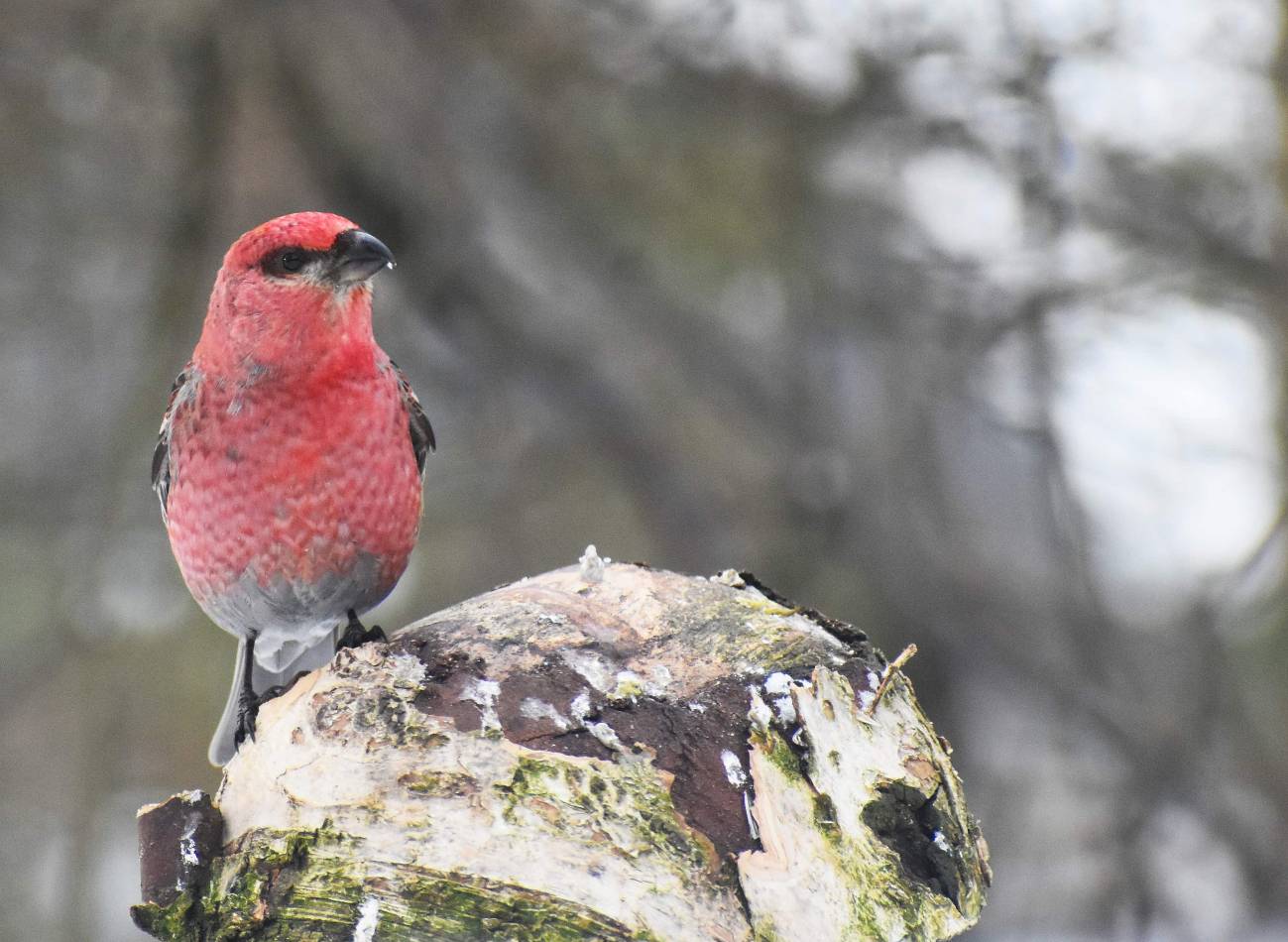He Study of bird associations that are recovered in archaeological deposits offers paleo climatic and environmental informationAs well as data on the training processes of the associations and the agents who have acted on it. In this work, experts present the results of the paleontological and taphonomic analysis of seven associations of Shaft Received in two deposits in the northeast of the Iberian peninsula.
Loose Paleontological and Tipehonomic Studies in Archaeological Places of the Pleistocene have consistently revealed the frequent presence of birdsWith accumulations in fossil sets attributed to human and non -human predators, as well as natural causes.
Weld Birds Associations are often used to develop Paleo Environmental approaches, because most Taxa that appear in quaternary associations are still presentEven at species level. Birds form a very diverse group of vertebrates and are usually associated with specific habitats, which offers climatic data, as well as small vertebrates or pollen.
Called a boreal bird Camachuelo Picogruero
The presence of boreal bird Camachuelo Picogruero In the Muntanyes de Prades it indicates that the weather was much icy and dry in the Tarragona area than todaywith open forests and boreal conditions, According to a new study published in the magazine Geobios.
The work, led by Iphes-Cerca, provides unpublished evidence of how these species arrived at the Iberian Peninsula more than 30,000 years agoWhen ecosystems lived Much more climatic conditions strict. This type of birds currently lives in the north pole areas of North Europe.
“Which We have found in the Muntanyes de Prades is an exceptionally natural archive that enables usAnd to rebuild with great precision which ecosystems were during one of the coldest periods of the Pleistocene, “he explains Mario MarquetaMain author of the research. “The presence of boreal species in these latitudes shows the extent to which global climatic cooling has transformed the habitats of South Europe,” he adds.
He Fossil poultry record found in the tarragonenses -caves can accurately rebuild this scenario. In the Pleistocene a series of mass detachments of ice known as Heinrich events, which caused sudden cooling in the northern hemisphere.
In particular, the Heinrich 3 event, produced, about 30,000 years ago, especially intense and Transformed the ecosystems of South Europe In landscapes of Nordic tundra.
Study the past in the caves
The research was aimed at two cavities close to Mont-to: the COVA del Cudó and the COVA DELS Galls carboners; and analyzed a total of more than 450 birds birds.
The research team He made an analysis of the fossilization processes to understand how the remains were accumulating and what predators intervened. “With studies, we can better understand the climate of the past, but also the behavior of the animals who have lived with them and their ecological relationships,” adds Rosa Huguet, a researcher of the Phes-Cerca and co-author of the study.
On the contrary, In COVA DELS GALLS Carboners the accumulation of brave pigeons (Columba Livia) suggests that it could have been a breeding area. Tand brands in many bones indicate an existence of small carnivores such as Fox or the Iberian Lynx, which used the vulnerability of young people in the nests.
It is Pattern of predation in birds birds is unusual in European deposits of the PleistoceneAnd opens new study routes on the hunting and food strategies of these animals in large environments. Moreover, it shows how these spaces were multifunctional in old ecosystems, where nesting, delighted and carnivorous species competed for means.

